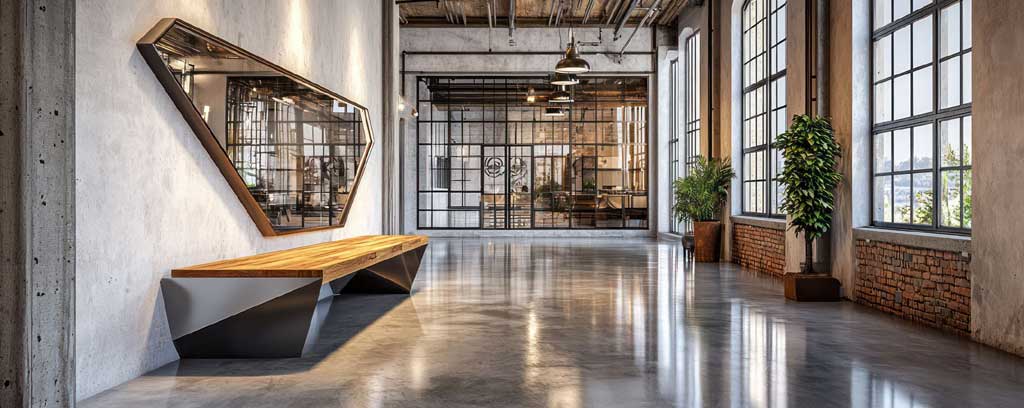Although both concrete and brick have their place in the design, studying their combination can give an insight into what it is good for. Brick allows for a mix of texture and color variation in an otherwise natural or smooth surface. The unbroken substrate absorbs heat as well as cold contrast against cool spaces, making it a better choice for regions that are exposed to public terraces under the sun or wind. In any case, you should choose whichever one you prefer depending on the look that you want.
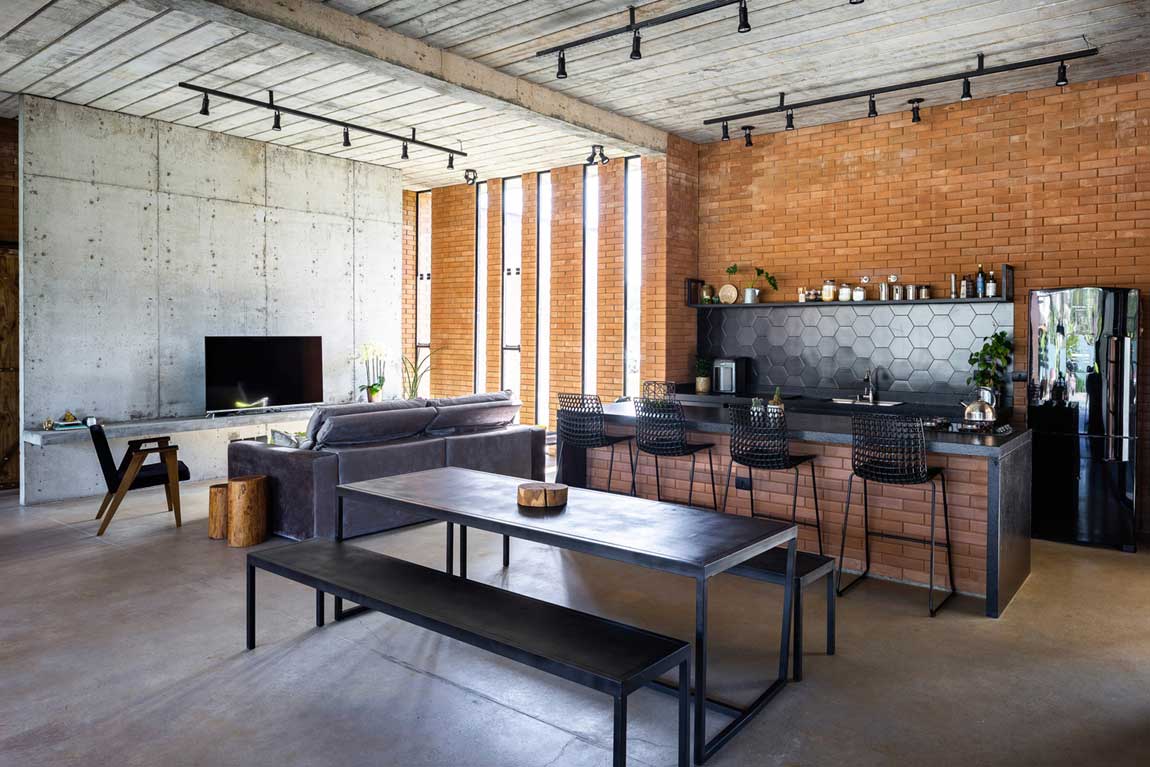
Combination of both forms of Architecture in Homes
Architects nowadays have started applying both natural and dry construction materials when constructing houses to create an interesting and beautiful geometric design at home that can be in harmony with surrounding nature.

Architects have embraced Natural Brick or Natural Stone because of the quality, resiliency, durability, beauty, and high tolerable shrinkage of the materials. Both natural materials allow tiny imperfections that blend in well with surrounding designs to be further appreciated by those who appreciate a perfect minimalist style. Cement without molds or sealers is also used to build attractive structures without absorbing water like concrete does cause erosion damage.
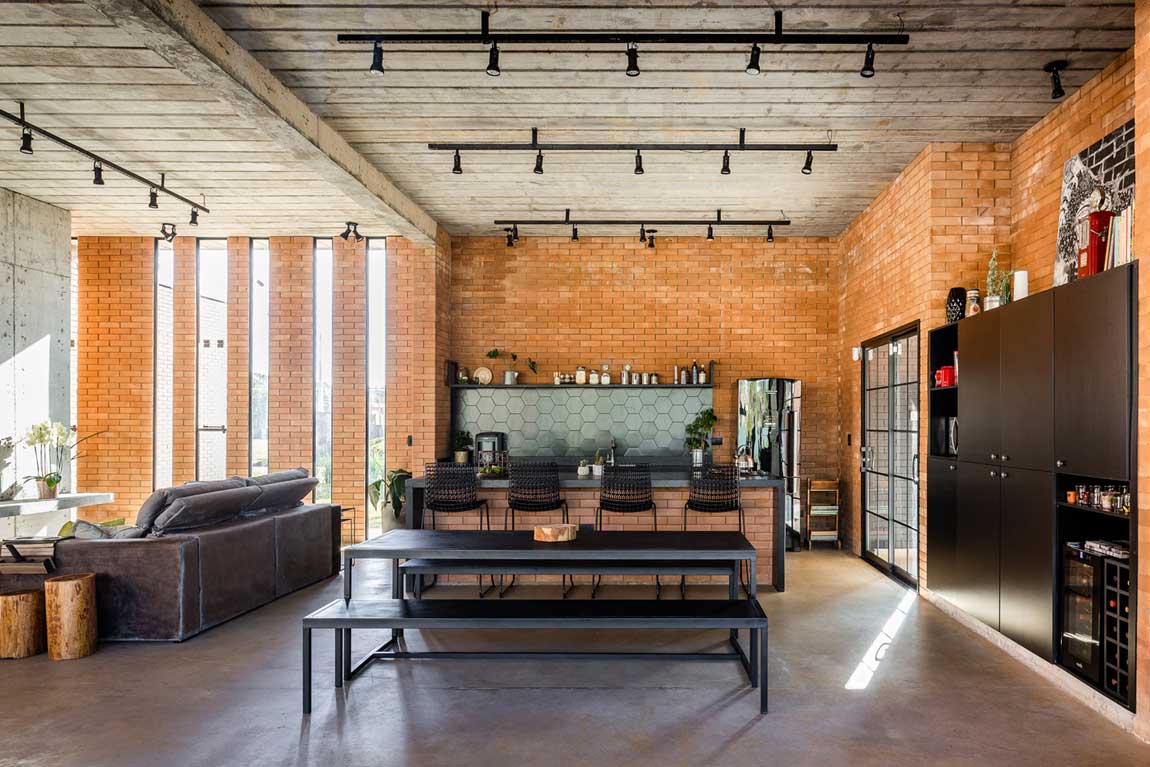
Homes designed with an architecture mixture bring in more natural beauty, scents from herb gardens found outside your home facade as well as immersing you in the simplicity of nature lurking all around you.

Brick vs Concrete – Which Material Works Best For Your Home?
Concrete is generally considered to be the more affordable option in comparison with other materials such as brick, but when it comes to convenience and versatility concrete doesn’t stand a chance.
As anyone who has tried to reach up onto a structure clad in brickwork can attest, bricks give an aesthetic impression of durability and solidity which is difficult to achieve with concrete. Concrete’s strength and rigidity are also conducive for application in areas prone to carbon monoxide build-up.
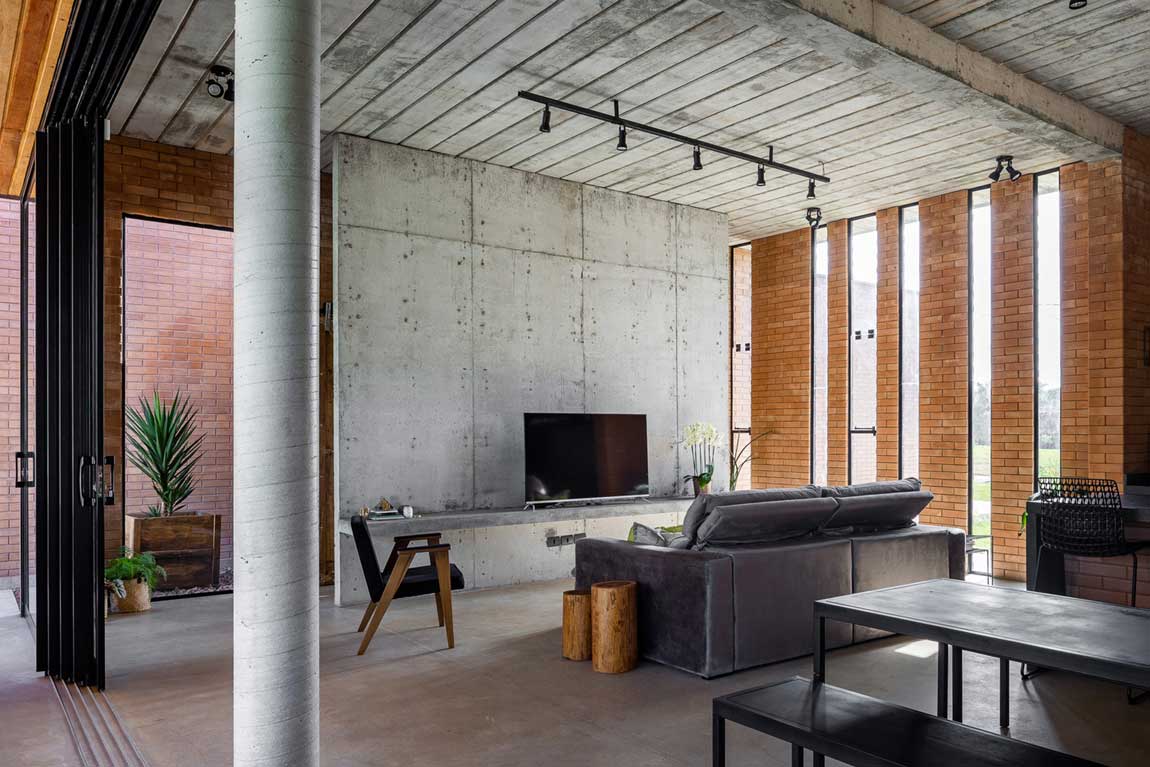
Key Differences Between Combination of Concrete and Brick for Home Design
There are similarities between concrete and brick in terms of physical appearance. They might seem like similar materials at a glance, with bricks being bigger and harder than concrete. On the other side, the real difference arises when it comes to combining these two commonly used materials. While concrete is cheap, achievable by almost everyone, and available in ordinary colors, berserk red bricks require a high degree of technical understanding from both professionals as well as designers.
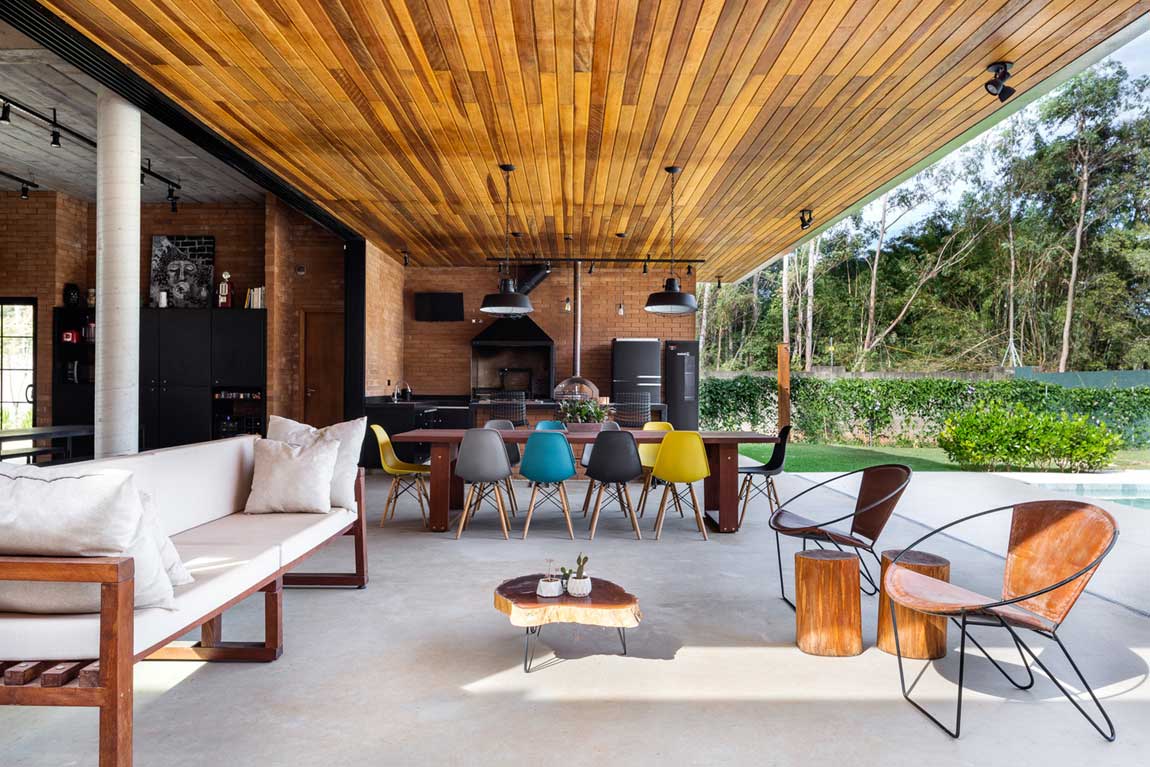
Different Shades of Brick that Can Work in a Variety of Interior Settings
Brick is one of our favorite materials to work with and there are so many different ways it can be used in interior design. The shades you choose depend on the type of space you’re looking to modernize or improve a look.

Every color shade creates a different vibe, tone, and mood – some more contemporary, others more traditional. Consider using red hues inside your master bedroom to provide warmth and coziness amidst the bright white walls and sleek furniture – perfect contrast!
Brick tones need to be considered according to how they’ll work as part of the color palette in your living room as well as your bedroom. Soft textured light blue hues paired with darkest dark gray are easy on the eyes yet packed with an energy that plays up their mate’s laid-back personality!



